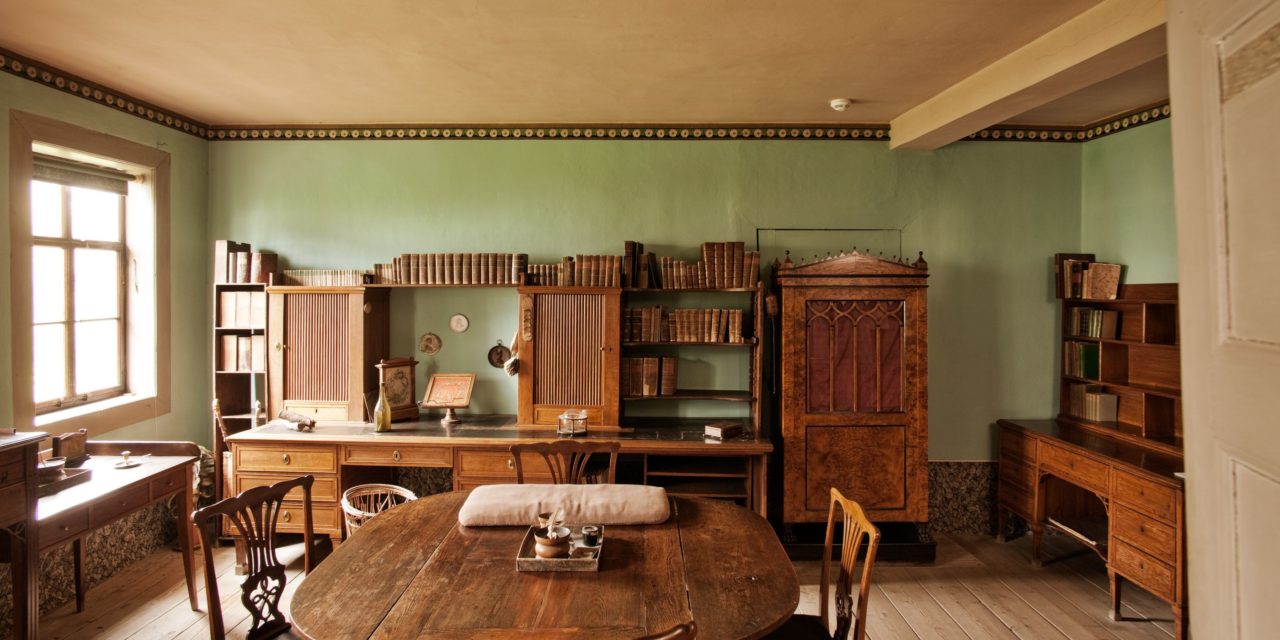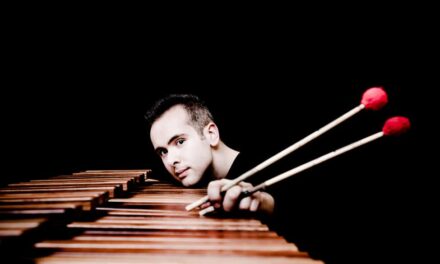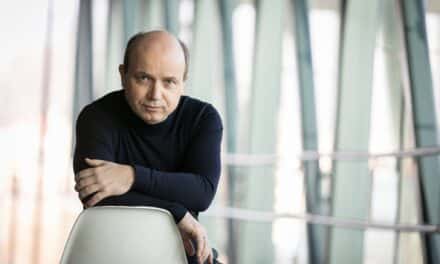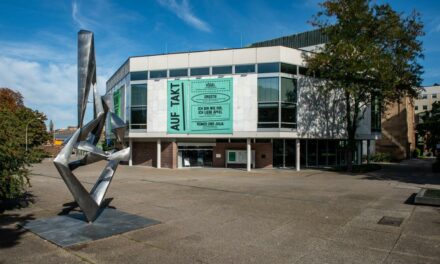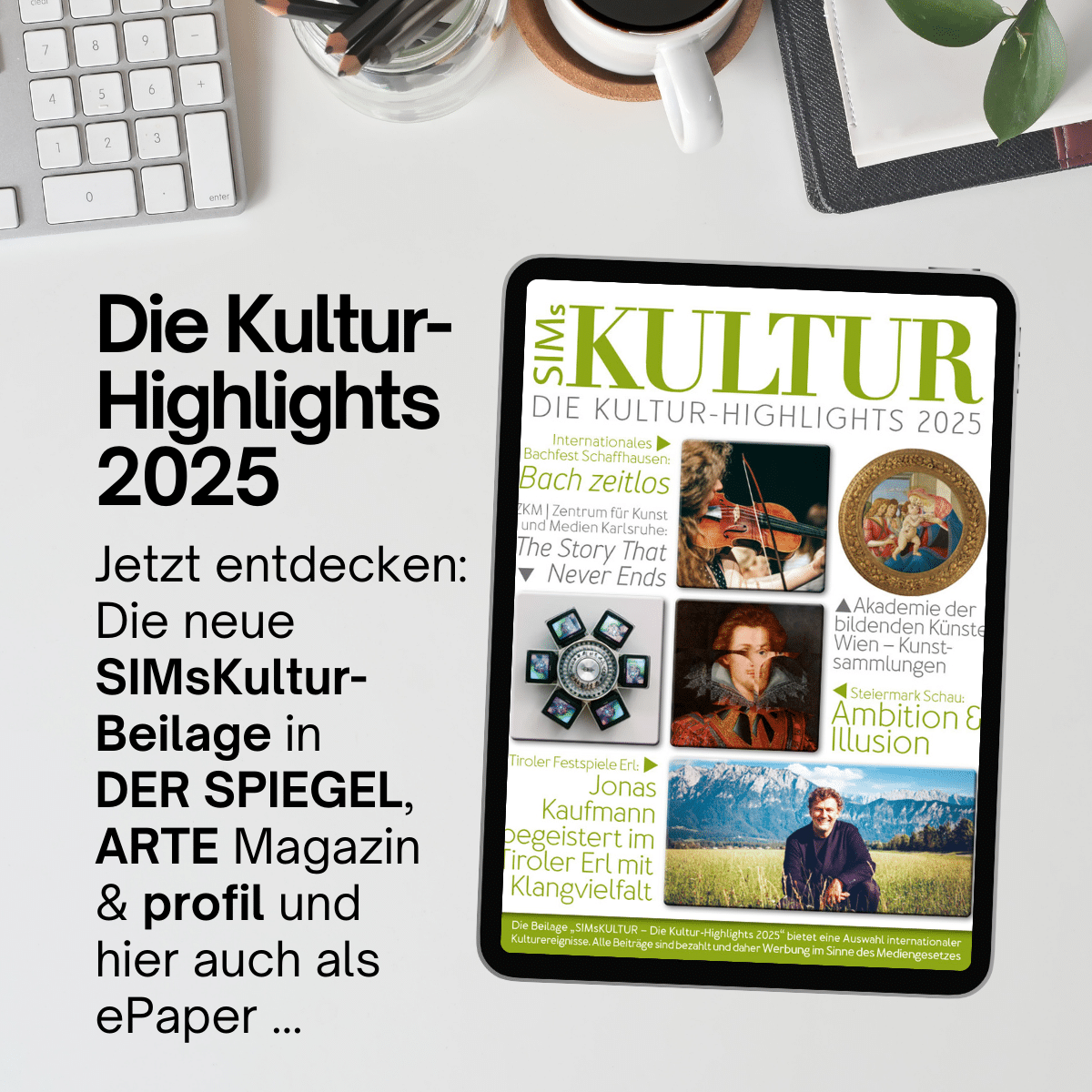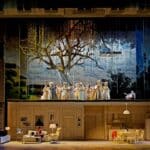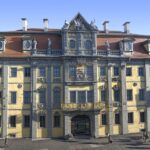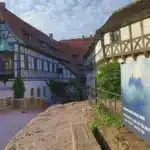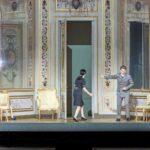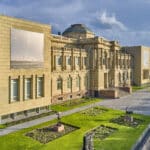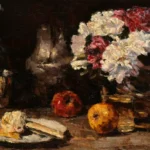"A man's home is half his life"
Goethe in a letter to the painter and friend Johann Heinrich Meyer, December 30, 1795
Goethe lived and worked in the house on the Frauenplan for almost 50 years after moving in as a tenant in 1782. For the poet and statesman and his family, it was much more than just a place to live and work: the rooms, designed according to his artistic ideals and wide-ranging interests, were used for socializing and cultural and scientific exchange. In addition to manuscripts and books, Goethe's constantly growing art and science collections were also housed here. Numerous original pieces and furniture from his estate can still be viewed today in 18 accessible rooms. The highlight is the study with the poet's private library, which has been uniquely preserved in its furnishings.
House garden
The structure of the garden, which was primarily used to supply the large household with fruit and vegetables, still largely corresponds to its condition in the 1820s. However, the former vegetable patches have been replaced by lawns. In addition to potatoes and cauliflowers, asparagus and artichokes grew here. Apricots and grapes were grown on trellises on the southern wall of the house. At times, Goethe carried out botanical experiments in the garden. In 1817, the area was extended to the east by acquiring the neighboring property of the Treuter family. With this purchase, Goethe also came into possession of the pavilion on the field wall, where he housed his mineral collection.
Goethe's collections
Goethe amassed an extraordinary treasure - more than 26,000 works of art and around 23,000 scientific objects - in his house on the Frauenplan and garden house until the end of his life. However, he collected "not on a whim or at random, but always with a plan and intention" for his "own logical education." To this end, he wanted his collections to be kept as closed as possible for his descendants and posterity. His extensive collections can still be found in Weimar today and, alongside his writings and books, bear witness to the wide-ranging interests and paths of knowledge of the "man of the eye" Goethe, who claimed: "Everything depends on what you look at."
Some of Goethe's collections can be seen in the tour of the residence and the permanent exhibition. The majority of the extensive collections can be found in the depots and study rooms of the Klassik Stiftung Weimar: in the Natural Science Cabinet and in the study rooms in the Goethe National Museum, in the stone pavilion in the garden of Goethe's residence and in the depot of the Graphic Collections.

